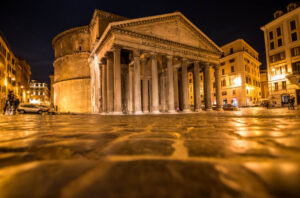Appia Antica – Old Appian way – Rome private tour
+39 389 59 75 184 info@rusrim.com +39 329 448 3644 Appia antica – Old Appia – Private car tour in Rome Excursion around Rome – private guide with car Private tour in Rome 6 pax – Eur 60 / h – Max 10 pax + Private Guide with car All private tours in Rome – tours around […]


 Русский
Русский Български
Български Français
Français